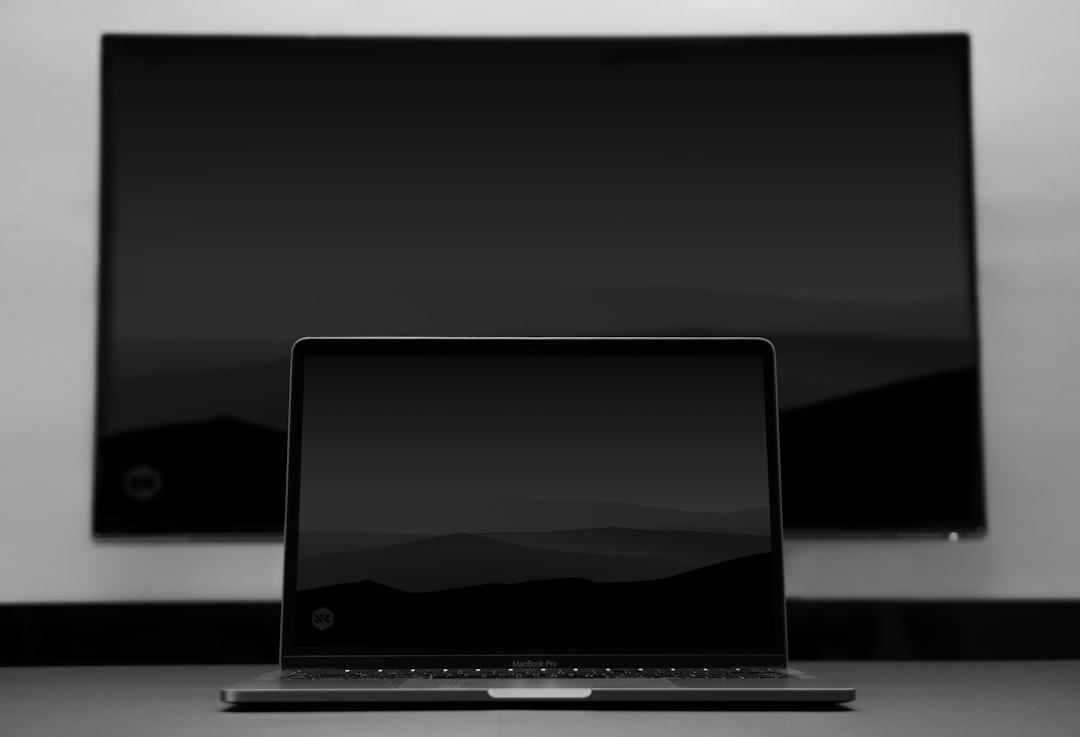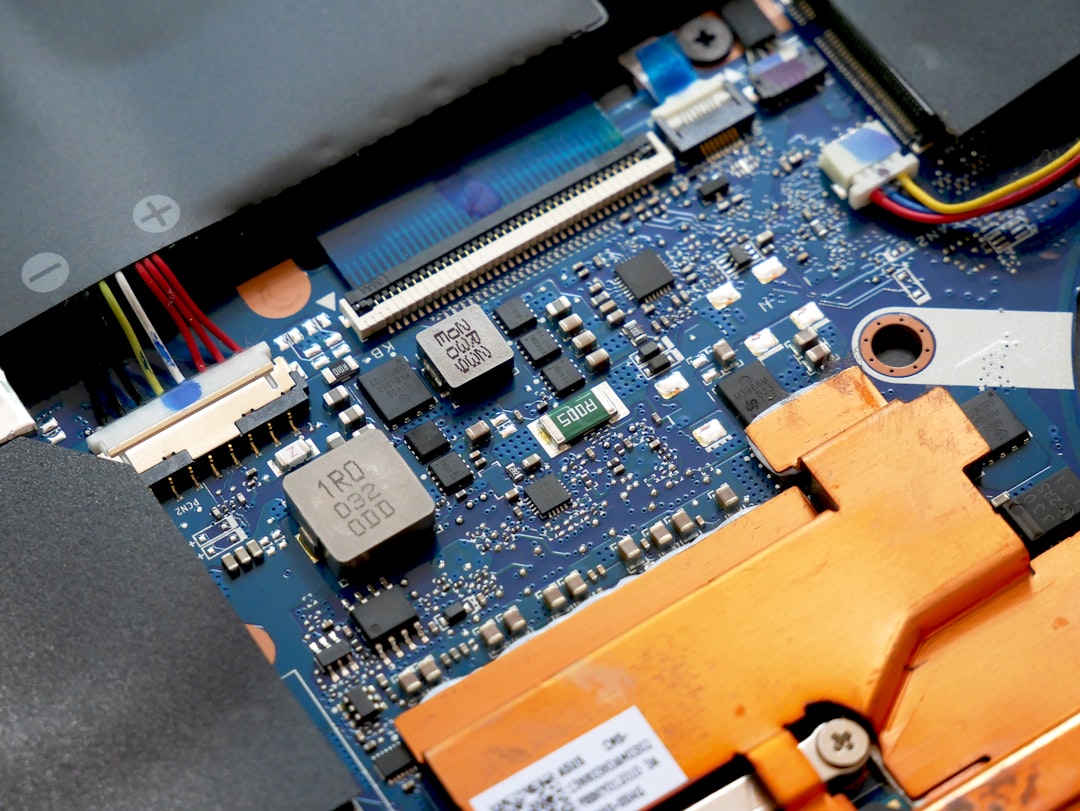Seeing a black line on your Lenovo laptop screen can be both frustrating and concerning. Whether it’s a thin vertical strip or a thick horizontal bar, this issue disrupts your work and enjoyment. But don’t worry — before you rush off to the nearest repair shop or consider replacing the screen entirely, it’s a good idea to understand the possible causes and the steps you can take to fix it yourself.
What Causes the Black Line on a Lenovo Laptop Screen?
The appearance of a black line on your screen can originate from either software glitches or hardware faults. Here are some of the common culprits:
- Faulty Display Cable: A damaged or loose connection between the screen and the motherboard can result in pixel issues, including black lines.
- Defective LCD Panel: If parts of the LCD panel have malfunctioned, it might manifest as vertical or horizontal black lines.
- Driver Issues: Corrupt or outdated display drivers may render graphics incorrectly.
- Graphics Card Problems: Issues with the GPU may cause rendering problems, even affecting connected external monitors.
- Physical Damage: If your laptop has been dropped or experienced pressure on its screen, this can crack internal components without showing visible exterior cracks.

How to Diagnose the Problem
Before diving into fixes, it’s important to diagnose whether the problem is hardware or software-related. Follow these steps:
- Take a Screenshot: Press PrtScn and paste it into Paint. If the black line appears in the screenshot, it’s likely a software or graphics issue. If it doesn’t, it’s a screen or hardware problem.
- Connect to an External Monitor: Plug your laptop into an external display using HDMI or VGA. If the lines appear on the external monitor as well, your GPU or drivers are likely to blame.
- Reboot in Safe Mode: Launch your system in safe mode. If the line disappears, the issue may come from third-party software or incompatible drivers.
Once you’ve identified the probable cause, you can move on to the appropriate fix.
Fixes for Black Line on Lenovo Laptop Screen
1. Update or Reinstall Display Drivers
Outdated or corrupted drivers are a common cause of screen artifacts:
- Right-click on Start and choose Device Manager.
- Expand Display adapters, right-click your GPU, and select Update Driver.
- If updating doesn’t help, choose Uninstall, restart your laptop, and let Windows reinstall the driver automatically.
2. Reset Display Settings or BIOS
Corrupt settings can also trigger display bugs. Restart your laptop and enter the BIOS menu (commonly by pressing F2 or Del during boot) and restore default display settings. It’s also smart to reset Windows display settings:
- Go to Settings > System > Display.
- Reset scaling, resolution, and orientation to default values.
3. Perform a Physical Check
If the issue persists, and your laptop has experienced a fall or pressure on the screen, it may be a hardware defect. Examine these possibilities:
- Display Cable: Open the laptop (if you’re comfortable) and check the internal display cable connection. A loose or damaged cable can easily cause screen issues.
- LCD or LED Panel Issue: A damaged LCD cannot be fixed by software means. Replacing the screen becomes necessary here.

4. Consult Lenovo Support
If your laptop is still under warranty or you are unsure about opening your device, contacting Lenovo Support is a wise next step. They may offer a replacement part or repair service at no cost, depending on the warranty terms.
Prevention Tips
Once you fix the current issue, you’ll want to take some simple steps to avoid repeat problems:
- Handle your laptop gently. Avoid pressure on the back or edges of the screen.
- Always carry your laptop in a padded case or sleeve.
- Keep drivers and your operating system updated regularly.
- Use a surge protector to prevent hardware complications from power surges.
Final Thoughts
A black line on your Lenovo laptop screen doesn’t always signal the need for an expensive replacement. It can stem from something as simple as a software glitch or a loose cable. By carefully troubleshooting and applying the tips above, you can often get your screen — and your productivity — back to normal in no time.
If even after troubleshooting the line persists, a professional check-up ensures that you don’t unintentionally worsen the issue. Remember, a little understanding and prompt action can go a long way in preserving your laptop’s performance and visual integrity.
